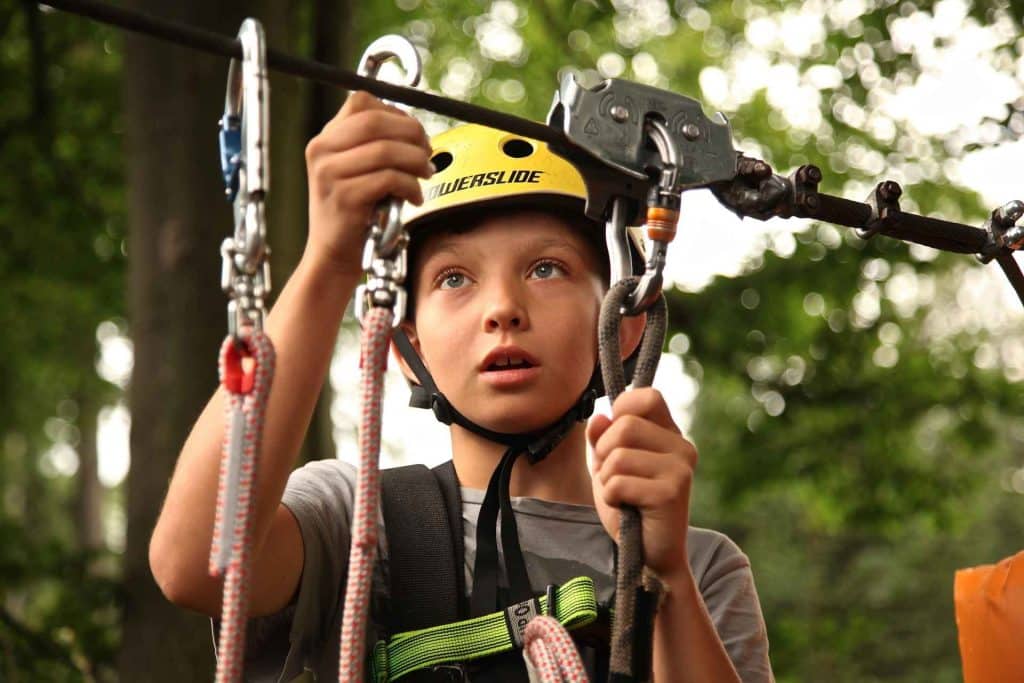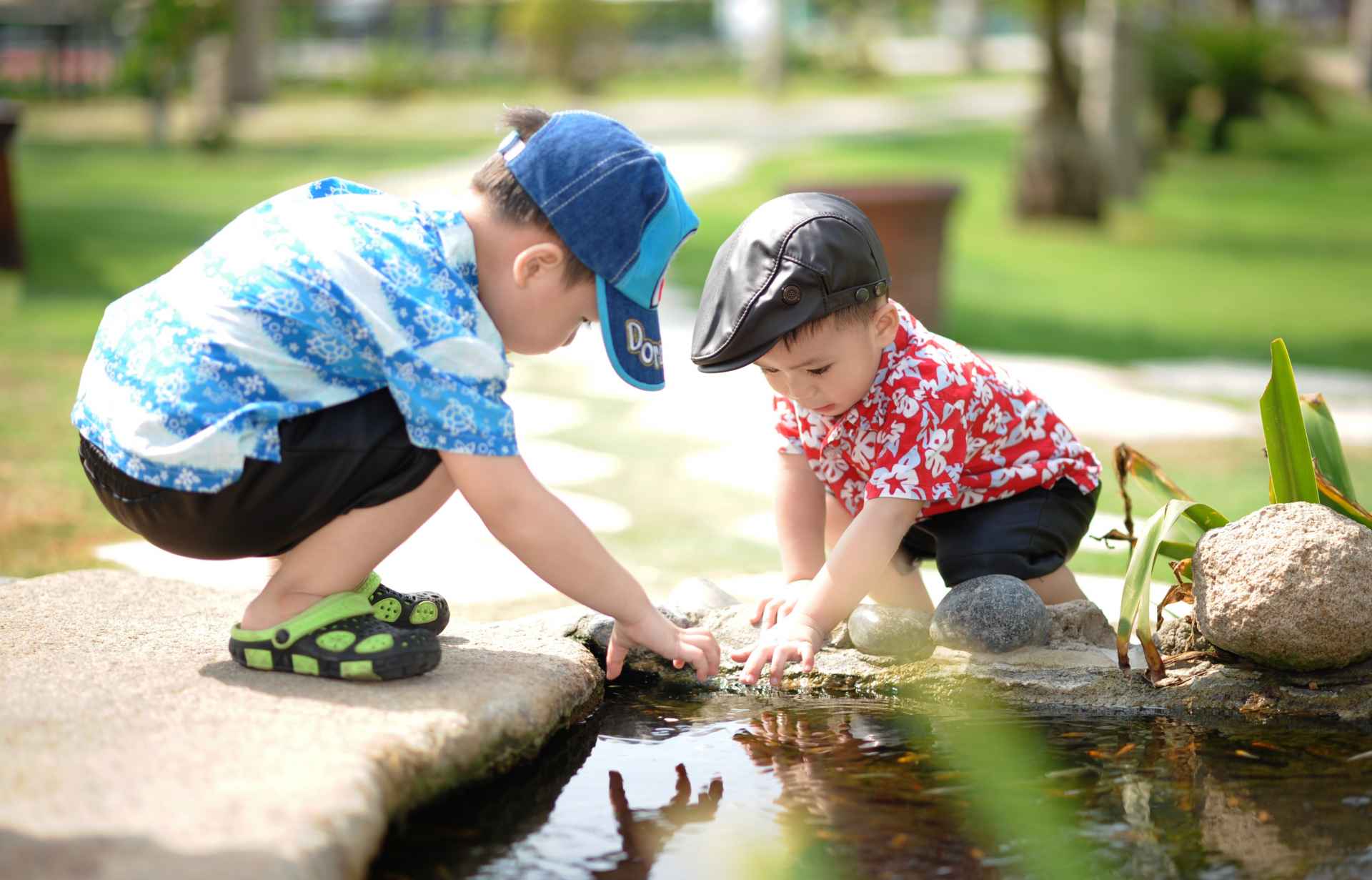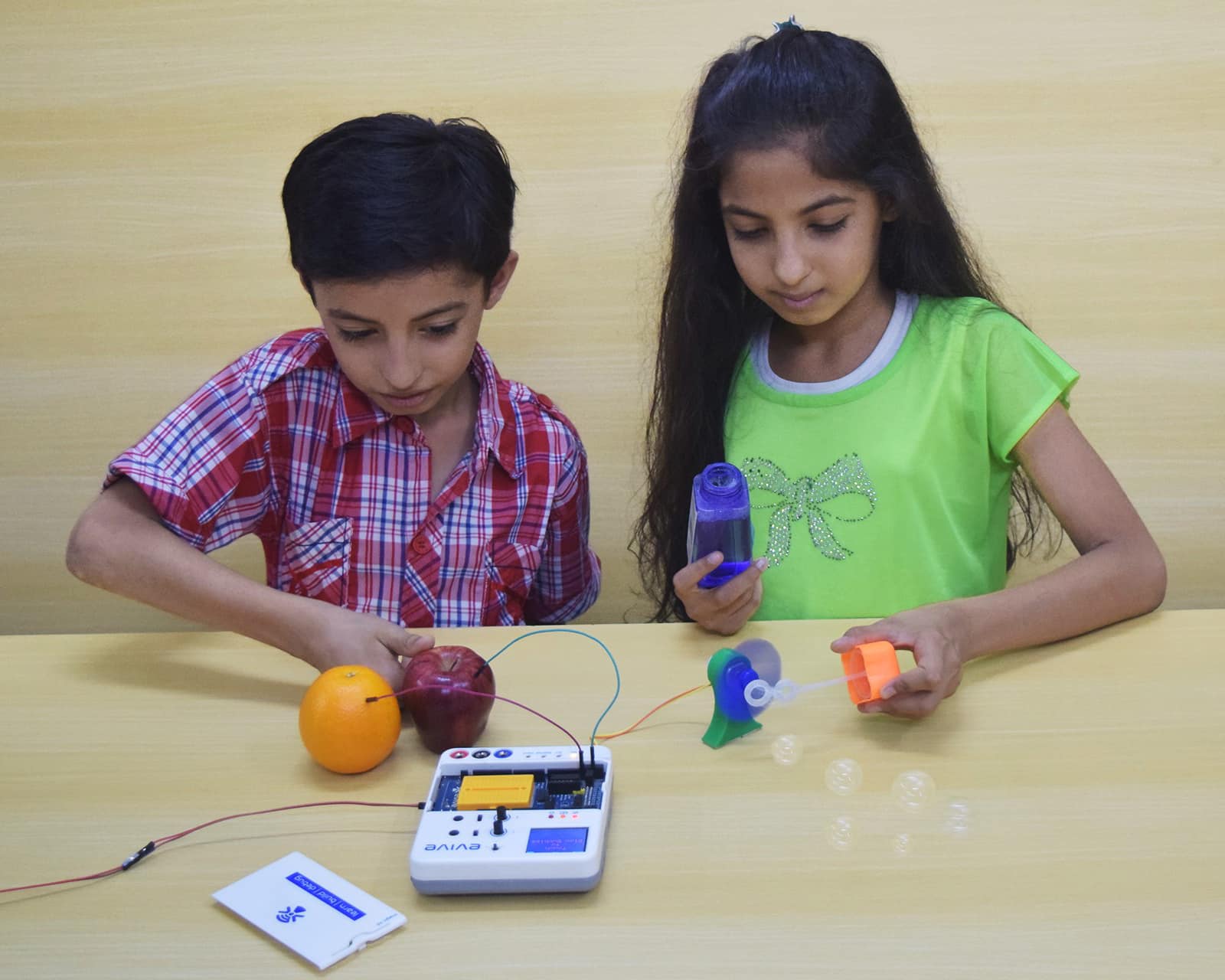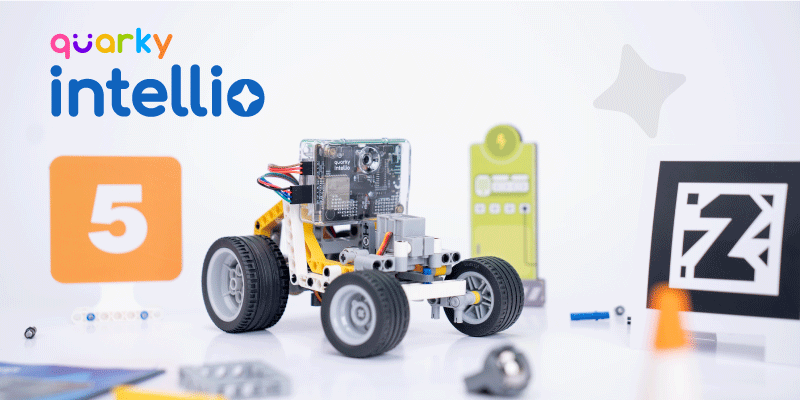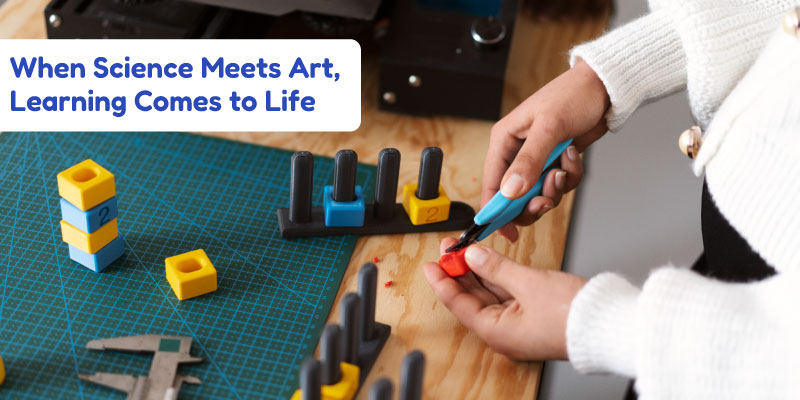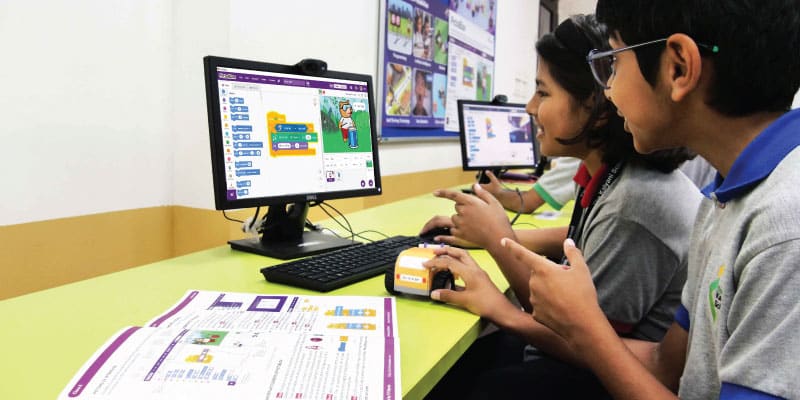Children are curious little beings that have the burning desire to explore all of their surroundings, make discoveries, and try new things out on the way. Why is it like that? What could possibly happen if it were different than its present state? Can I change how it works? Such questions bombard their information-hungry brains the moments they lay eyes on anything new. This habit of questioning and trying new things out hands-on lays down a solid foundation of learning in early childhood which stays with children throughout their lives and helps them perform better in every sphere of their life.
Why STEM In Early Childhood?
Early childhood education is the key to the betterment of society.
-Maria Montessori
These days, stir a talk about learning by doing and you’re bound to hear someone bring up the topic of STEM – a blend of science and mathematics with engineering and technology. Perhaps they have read about it somewhere or heard about it from someone or they’re in or related to it; whatever be the reason, experiential learning has become quite synonymous with STEM now. But why has it become this way?
At its core, STEM education and its evangelists support and promote introducing the four disciplines that make STEM up to children with the help of hands-on experience. Why support this approach and why in early childhood in particular? Well, the reasons are many and are backed by research. STEM education helps you better understand the world and relate to it. STEM involves introducing children to new concepts through activities and games. It essentially helps them live the concepts rather than only reading about them. These concepts can also sometimes be real-life problems where they need to find out the best possible solution to overcome it. This, in turn, inculcates in them creativity, innovativeness, and problem-solving skills – the must-have STEM skills in the 21st century. And since early childhood is the best time to develop new habits and build a foundation, these skills would come as naturally as learning how to walk or eat.
Then comes memory. The application of STEM learning caters to the importance of memory retention. We all know about Loci’s method of memorising things. It’s the association of a fact with a place or a task. When children themselves practice something or experience something, their chances of remembering that particular event is more probable than when they read something. Not just children, this applies to people from all walks of life. Phil Gedart, in an article for Entrepreneur India, says that knowledge retention through traditional learning is five percent, whereas, through STEM learning, it goes up to ninety percent. No questions asked STEM learning is a smart choice that everybody needs to make.
How To Incorporate It In Early Childhood?
The earlier we start, better, kindergarten being the right place to start. If you’re wondering how in the world do you introduce concepts of science and engineering to toddlers who don’t even know how to read and write, stop your train of thoughts right there. You don’t need to put forth them quantum mechanics or organic chemistry right away!
A good teacher can inspire hope, ignite the imagination, and instill a love of learning.
-Brad Henry
First of all, tell them what is STEM. Talk to them about science, mathematics, technology, and engineering and how these four disciplines help the world function the way it does and better itself. Once they understand what it is and how understanding and learning about STEM will help them better understand the world, start small. Introduce to them simple concepts that they would use in daily life such as counting, addition, subtraction, and measurement using fun and interesting activities. The STEM Laboratory lays down a list of simple yet engaging STEM activities that teachers can conduct with young children to make them take interest in STEM learning.
Then, tell them how it is going to help them in their growth and development. Give them examples of personalities, especially those whom they know of, that have excelled in the field of STEM and narrate to them how these people have excelled in life with its help. Talking about famous people they recognise and how their lives revolve around STEM would encourage them to take interest in it themselves.
Talking about STEM education at school and incorporating at every level be it kindergarten or high school is a good thing and imperative but it isn’t restricted to school hours. Teachers can and should encourage parents to take over after school hours and continue the STEM learning journey of their children at home. Now there might be some who might be daunted in the face of it for they might be either oblivious to the concept or not from the field themselves. Here, it becomes the responsibility of the teacher to educate even the parents on STEM education and its benefits in early childhood, how it helps build a solid foundation for the future, and the ways in which they can encourage children at home, the key feature being that they themselves can and should engage in STEM activities with their children and learn along the way.
Ensure that your child gets sufficient exposure to such futuristic technologies like AI with the help of hands-on experiences using AI kits for kids like Quarky. Sign up today to avail of special offers on this AI kit coming soon.
Transforming Young Minds Into Innovators
With the dream of imparting quality hands-on learning and enabling young minds to innovate and create, a group of three entrepreneurs from IIT Kanpur, a prestigious engineering institution in India, launched STEMpedia, a one-stop solution for transforming young minds into innovators of tomorrow by enabling learning-by-doing in STEM education with the help of state-of-the-art technology, variety of learning options, and training programs.
With futuristic gear, a treasury of learning resources, premium online courses, and a global STEM community, STEMpedia blends theory with experiential learning which helps develop creativity, curiosity, innovativeness, and problem-solving skills – the must-have 21-century skills.
In A Nutshell
STEM is the need of the hour and the earlier children are introduced to it the better it will be for them and the world they live in because these young minds of today are going to take the baton of the progress from their predecessors and become the innovators of tomorrow. And since teachers play a pivotal role in the growth and development of children, it becomes all the more important for them to incorporate STEM into their teaching and encourage their pupils to take interest in it and help them integrate it into their lives. They hold the key to building up and strengthening the human power of any country.

